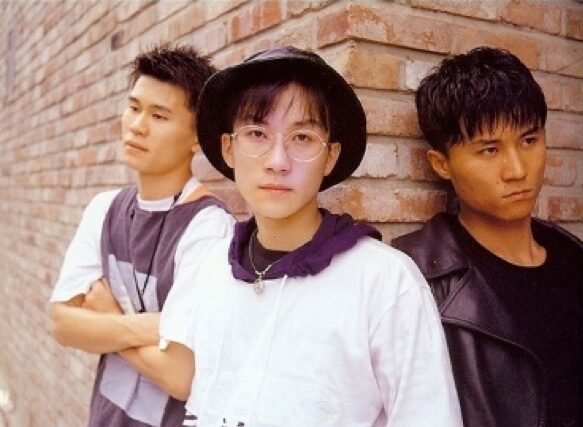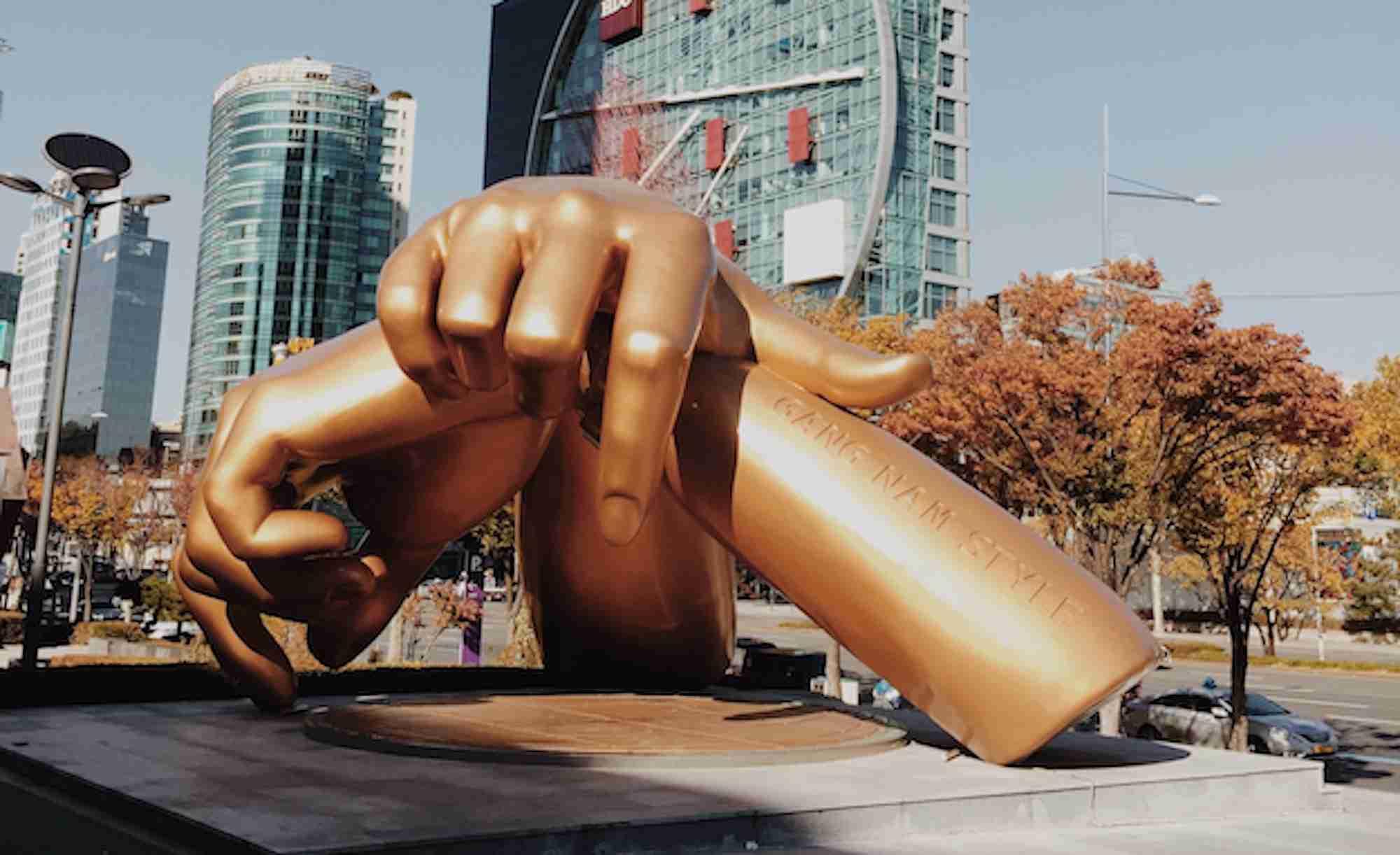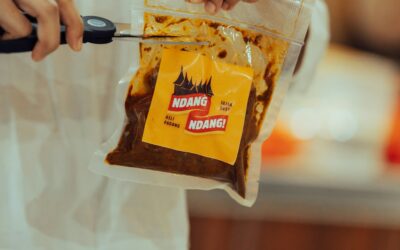If you’re on the Internet a lot, you might have heard of K-POP or the Hallyu Wave.
As we move further into 2022, Korean exports continue to climb and it is projected to increase further in the next two years, despite the stagnant economy happening in the rest of the Asian Tigers (namely Hong Kong, Singapore, South Korea, and Taiwan).
So how exactly did South Korea do it?
Planting the seeds for the future
The Asian Tigers were a cluster of countries that underwent rapid industrialisation and maintained exceptionally high growth rates of more than 7 percent a year between the early 1960s and 1990s.
Ever since South Korea’s spilt from the North, it has since revised its strategic culture that is summarised by three pillars:
- attaining prosperity and strength as an enduring national purpose and objective;
- countering the existential North Korean threat;
- and maintaining a strong alliance with the United States.
Embedded in the first pillar, is its three decades long cultural policy.
Following the Asian financial crisis in the late 1990s, the South Korean government identified exports of media culture as a rising economic initiative as many were still under the impression that Korea was a struggling country.
With a serious image problem on their hands, the administration decided that they had to shift their focus to getting back foreign interest after losing a majority of foreign investors.
Additionally, the president of South Korea at that time, Kim Dae Jung, loosened restrictions of cultural imports from Japan in 2000 after five decades of embargo due to the Japanese Occupation.
Later, the Korean government, under his administration, would set aside $148.5 million (£113 million) for the Basic Law for Cultural Industry Promotion.
The Boyband phenomenon
Inspired by the likes of US boybands such as NSYNC and Westlife, South Korea also found itself in their own cultural sprawl of local boyhood bands with the surge of artists such as Seo Taiji and Boys, whose member, Yang Hyun Suk, would go on to form one of the most iconic companies in KPOP history, YG Entertainment.

Genres change and in the next few years, fandom culture started to rise, and peaked, as new entertainment companies sprang up, along with new talent such as SES, Sech Kies, H.O.T and Fin.KL.
These four groups are revered as first generation idols and sparked the KPOP genre in 1990s, where the industry climate shifted from ballads to pop music.
In the late 2000s and the early 2010s, international expansion of KPOP started with the second generation of idols, namely BIGBANG, Girls’ Generation, SHINee and 2NE1, to name a few. From there, KPOP expanded into Japan and the rest of Asia.
While the music scene was booming, the film and TV drama scene was picking up speed too. They were being exported to the rest of Southeast Asia and airing at primetime slots. Melodramas such as Winter Sonata and Autumn in My Heart have enchanted audiences all over Japan and its actors have amassed a loyal cult-like following.
In 2012, Gangnam Style was released by PSY, and soon, it swept the world. That would be KPOP’s first big step in the global market, notably North America. And as they say, the rest is history. This was Korea’s first concrete spotlight in the global scene before the BTS wave.
South Korea’s big break
In 2016, a KPOP group by the moniker BTS went viral on YouTube for their recently released song, Fire. Later, in the same year, they released their 2nd full album titled Wings, featuring their global breakout hits, Fire and Blood, Sweat and Tears.
It was a milestone for BTS domestically and globally as they bagged awards.
BTS paved the way for KPOP artists to be nominated for the Grammys and appearing on major American broadcast programs such as the Ellen Show. Korean entertainment companies recognised the value for domestic groups to branch out and earn more revenue through the international audiences.
One example would be SM Entertainment’s 23-member boy group NCT. The group was designed to have members of different nationalities to address the growing audience in respective markets such as China, Japan and America.
Amongst the 23 members, they each have their own stay hold groups such as NCT 127, who are mostly based in Korea, while WayV, is a group targeted at the Chinese market. Such group formats are innovative but will not remain as the first of their kind if KPOP wishes to reach more markets.
According to Professor Kim Seiwan from Ewha Womans University, based on official estimation, K-Pop generates about $10 billion for the country each year.
All components of the Hallyu wave, from music, dramas and entertainment shows have boosted the South Korean economy. Most cultural content features local Korean food such as kimchi, banana milk and other ready-to-eat consumables.
A vitamin brand called Ten Ten went viral on TikTok after an ENHYPEN member shared it on his V-LIVE (a popular fan interaction livestream app). Sales skyrocketed on shopping platforms such as Shopee and Lazada all over Southeast Asia.

This is only one of the many examples of how South Korea’s cultural soft power strategy has paid off.
The importance of soft power & cultural dominance in today’s economy
While soft power might not be seen as important as direct dominance or control through vast natural resources, it is an important faucet in determining influence and economic opportunities.
Despite China’s uprising, USA remains the superpower on the global stage as its culture is steeped into the daily lives of people globally. Denim jeans are a part of American culture, as is Disney and Hollywood.
What makes American culture successful is that it has become pertinent to every part of our lives and we see it as a cultural norm in our own context without realising that it is actually foreign culture or not native to us.
The same thing is happening again as Korean establishments pop up all over the world in the form of Korean barbecue restaurants and beauty stores.
As the prominence of KPOP rises, it brings more visibility to South Korea, prompting tourism for the country too. The latest tourism campaign featuring BTS is a stunning example, and blend, of cultural highlights along with shopping adventures where tourists can have their pick of South Korea’s beauty products.
Titled “Seoul Goes On, As It Always Has” is a play on a BTS hit, “Life Goes On”. In the two-minute video launched in tandem with the campaign, a chant “EoGiYeongCha” was used to reflect on togetherness and coming together in these difficult times.
As of today, the video has since racked up 83 million views.
Revenue from soft power can come in many forms. One distinct form is KPOP concerts where fans would fly in to catch their idols at the first stop of their tour. BTS’ ‘Love Yourself: Speak Yourself’ concert at the Seoul Olympic Stadium was estimated to have brought in a whopping 922.9 billion South Korean won in three performance nights.
And that is just the tip of the iceberg.
Trends in Korea will continue to bleed into other cultural landscapes due to influence and become more common after mass adoption or pass over gradually as a trend. We will definitely see South Korea leading in more aspects in the future, along with the long term increase in economic returns.






